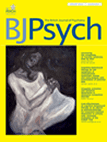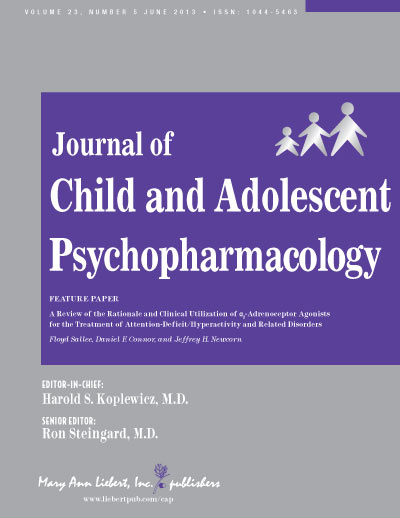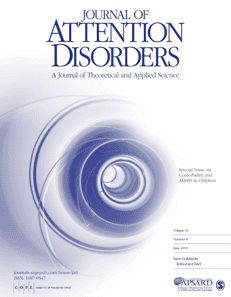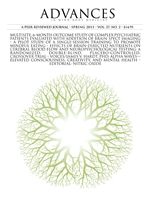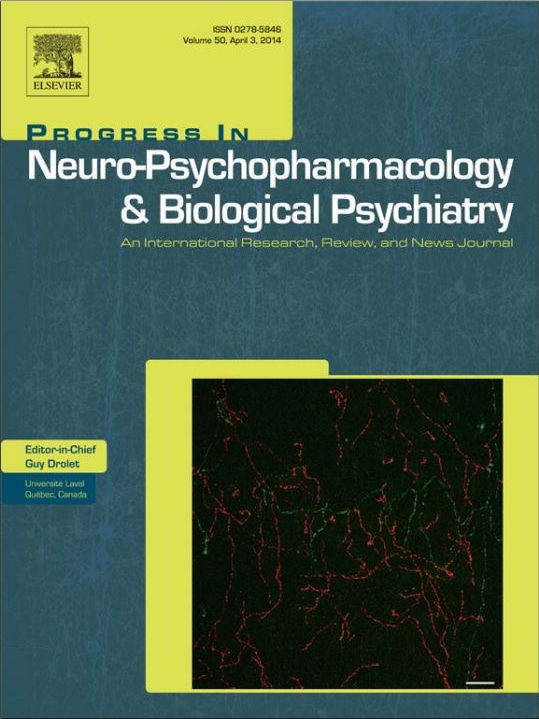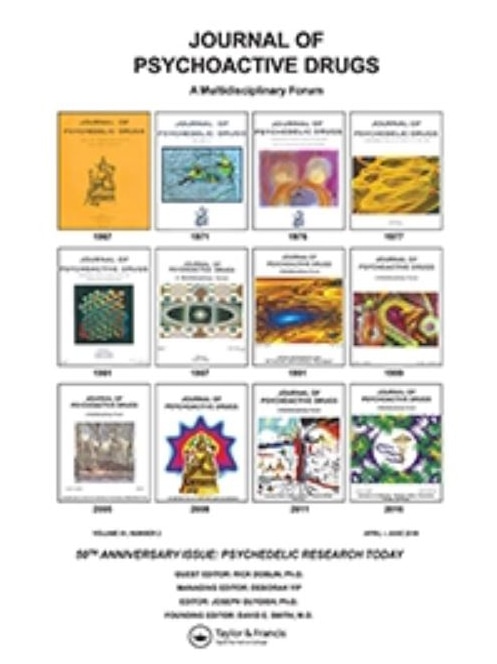What is ADD and ADHD
Attention Deficit Hyperactivity Disorder (ADHD) affects almost 10% of American children between 13 and 18 years old, as well as 4% of U.S. adults over 18.
Only a licensed mental health professional can provide an ADHD diagnosis, after a thorough evaluation.
ADHD has three primary characteristics: Inattention, hyperactivity and impulsivity.
Inattentive:
- Are effortlessly distracted, fail to catch details, are forgetful, and regularly switch activities.
- Find it difficult to focus.
- Are quickly bored with projects, unless it is something they enjoy.
- Find organizing and completing tasks, or learning something new, to be challenging.
- Struggle completing or submitting homework or other assignments.
- Often lose things which are essential in completing tasks.
- Have difficulty listening in conversations.
- Daydream.
- Are often confused.
- Sometimes move slowly.
- Struggle to quickly, accurately process information.
- Have a hard time following instructions.
Hyperactive:
- Are often restless, especially while sitting.
- Can be nonstop talkers.
- Run around while touching various things.
- Are constantly moving.
- Have difficulty doing quiet tasks or activities.
Impulsive:
- Impatience.
- Can sometimes make inappropriate comments.
- Display their emotions unrestrained.
- Act without taking consequences into account.
- Find it hard to wait for things they want.
- Interrupt conversations and activities.
Although ADHD is a broad term, it does have three subtypes:
Predominantly Inattentive, Attention Deficit Disorder or ADD.
- Most (six or more) symptoms are in the hyperactive-impulsive categories.
- Fewer than six inattentive symptoms, although inattention may still exist to some degree.
Predominantly Hyperactive-Impulsive, when one is hyperactive and impulsive, but not inattentive.
- Most (six or more) inattentive symptoms and fewer than six hyperactive-impulsive symptoms exist, although hyperactivity-impulsivity may still exist to a certain extent.
- Kids are less likely to act out or have difficulties getting along with other kids. They may sit still, but struggle being attentive. Such children are often overlooked in that parents and teachers may not notice that child has ADHD.
Combined Hyperactive-Impulsive and Inattentive: When one is inattentive, hyperactive and impulsive.
- Six or more inattentive symptoms and six or more hyperactive-impulsive symptoms exist.
- Most kids have this type of ADHD.
- Kids must have any combination of these symptoms for 6+ months at levels surpassing those of other children of the same age.
- Adults must have ADHD symptoms that began in childhood and continued throughout adulthood.
Adults with ADHD struggle with inattentiveness, impulsivity or hyperactivity.
Without proper treatment, the adult may encounter a variety of psychological, social and vocational problems.
Although some adults with ADHD can concentrate on projects they find interesting, others are frustrated with any task. Some adult ADHD sufferers can be socially withdrawn, and others can be very social in a destructive way (like jumping from one relationship to the next).
Adults with ADHD may also have a lot of challenges in school:
- Poor performance.
- A history of disciplinary actions.
- Took the same grade twice in, or even dropped out of, school.
If these conditions are not properly managed, they may lead to a variety of psychological, social and vocational problems.
Because of all of the above, adults with ADHD are more likely to:
- Struggle with employment (in terms of job satisfaction, stability and performance).
- Struggle with socioeconomic status.
- Have higher-than-average number of driving violations (speeding, crashes or license suspensions).
- Use illegal substances.
- Smoke cigarettes.
- Self-report other psychological problems.
Some children seldom act hyperactive or impulsive. For example, they may be well-behaved in class, and even appear to be working on their studies; however, they are not really focused on their assignment. This situation is often indicative of children with Attention Deficit Disorder, or "ADD".
Other kids may exhibit hyperactivity or impulsiveness to a degree beyond that of ordinary kids, perhaps indicating ADHD.
Adverse behaviors range from mild to severe. They can vary with the situation or be present all the time.
Although only a licensed medical practitioner can diagnose ADHD, the above explanations should give you a better understanding about ADHD, which affects millions of people all over the world.
There are effective ways to obtain relief. Many former ADHD sufferers now live a life free of their condition's symptoms, while others have embraced solutions which make their condition easily manageable.
If you feel pharmaceuticals aren't for you, EMPowerplus, combined with other healthy lifestyle changes, may be the answer. Learn more about how EMPowerplus can help by clicking here.
See What Scientists Say About EMPowerplus and ADHD
In a recent study, Julia Rucklidge, PhD examined the significant effects of EMPowerplus on adult ADHD.
Rucklidge's study is the first double-blind, randomized, and placebo-controlled trial of Truehope EMpowerplus to be published.
In the study, published in the British Journal of Psychiatry (information found here), New Zealand researchers assigned 80 adults with ADHD into two groups: half of them used the EMPowerplus formulation, and the other half used a placebo.
After the 8-week trial, significant differences emerged between the two groups on self- and observer-ADHD rating scales. Clinicians rated those in the EMPowerplus group has having improved more—not only in ADHD symptoms, but generally, too—than the placebo group.
It also seemed those with moderate or severe depression saw a greater change in mood if they were taking EMPowerplus than if they were taking the placebo.
Researchers are already recruiting participants for another trial, which will look at children and ADHD.
How EMPowerplus Helps
If you are one of millions of people who prefer natural options over pharmaceutical medications, Truehope EMPowerplus could be the answer you have been searching for.
If you suffer from symptoms of a mental illness or a mood disorder and you want to address the cause effectively rather than "cover up" the symptoms with medication, Truehope's EMPowerplus can help.
Made up of 36 clinically proven vitamins, minerals, amino acids and anti-oxidants, Truehope's EMPowerplus could help with your ADD and ADHD.
Extensive independent research shows that when the body and brain are provided with the essential nutrients found in EMPowerplus, they are able to function properly—often negating signs and symptoms of ADD and ADHD. Don't be fooled by imitations—only Truehope EMPowerplus contains these nutrients in a microground form so the body can actually absorb them into the bloodstream.
Since the symptoms of ADD and ADHD are caused by chemical issues in the brain, why treat your condition with more chemicals? Try EMPowerplus today to see for yourself how nature can work in harmony with your body to help you feel like your best self.
Click here to learn more about the Truehope Program and how micronutrients can help.


